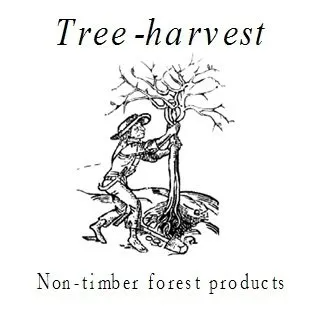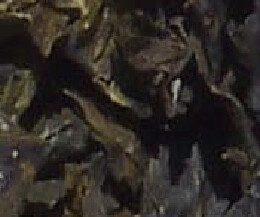Kombu, Sweet Organic
Kombu and kelp are both names for brown seaweed. Kombu consists of flat or leaf like structures which grow in large clumps or ‘underwater forests’. Kelp is known for its quick growth rate and resilience, so harvesting is an extremely sustainable practice and has been a tradition for centuries. Kombu is rich in minerals including trace elements and anti-oxidants - it can contain up to 10 times as many minerals as land plants. It is exceptionally rich in iodine and is a natural dietary fibre. Kombu adds richness and body to soups, chowders, stews or salads and can be added to bread. Milled or finely diced kombu can also be used as a healthy alternative to salt due to its lower sodium content. Kombu is particularly popular in Japanese cooking.
Organic Sweet Kombu: Sugar Kelp (or 'Sugar Wrack') is a common 'kelp' seaweed which grows around the low water mark, attached to rocky shores up to 30 metres deep. It favours sheltered conditions. Sugar Kelp can live for up to four years and grows particularly quickly during early spring. It is a relatively large 'kelp' seaweed, dark browny-green, with a single broad frond that has a distinctive crinkly and wavy edge. Living up to its common name, Sugar Kelp is sweeter than other kelps, so is used in cooking all over the world, from Scotland to Japan. It is also known as Oarweed and Sweet Tangle. It is a delicate, mild flavoured sea vegetable which can be eaten raw, or added to rice, soups and stews, or used to make Sushi.

